The history of London’s pubs and bars is the history of London itself. We visit the city’s most storied places for a drink.
From wine-sipping Romans in their tavernae through Saxons with mead and ale to the gin-crazed Georgians and the porter-swilling Victorians, social changes can be measured by how the city’s inhabitants drank. Nowadays, one of its unique selling points is the history bound up in its licensed establishments. Visitors can’t get enough of the back stories: truly ancient boozers like Ye Olde Cheshire Cheese in Fleet Street provide a glimpse into a lost London a world away from the typical tourist zones of the West End.
Some of our historical pubs have remained largely unchanged since they were built (the Princess Louise, for example), and with others – the Black Friar, for example, London’s only extant Art Nouveau pub – it’s not the building but the biography that deserves a closer look.
The Savoy’s bars

Drink… in the world-class bars of a world-famous hotel
Both bars in the iconic Savoy could hold a claim to being the most refined in London. Following an epic refurbishment in 2010, they reopened with two distinct but equally glamorous personalities. Past the Thames Foyer, the Beaufort is dusky, sexy, opulent and clad seductively in black and gold; the more famous American Bar, perhaps one for afternoons rather than evenings, was a birthplace of the modern cocktail and is dapper, discreet and soundtracked by a grand piano. Can there be more striking backdrops in London for the taking of drinks?
Essential order: In the Beaufort, there are 25 champagnes by the glass. In the American, it has to be a classic; head barman Harry Craddock created the White Lady here in the 1920s.
Strand, Covent Garden. fairmont.com
Ye Olde Cheshire Cheese
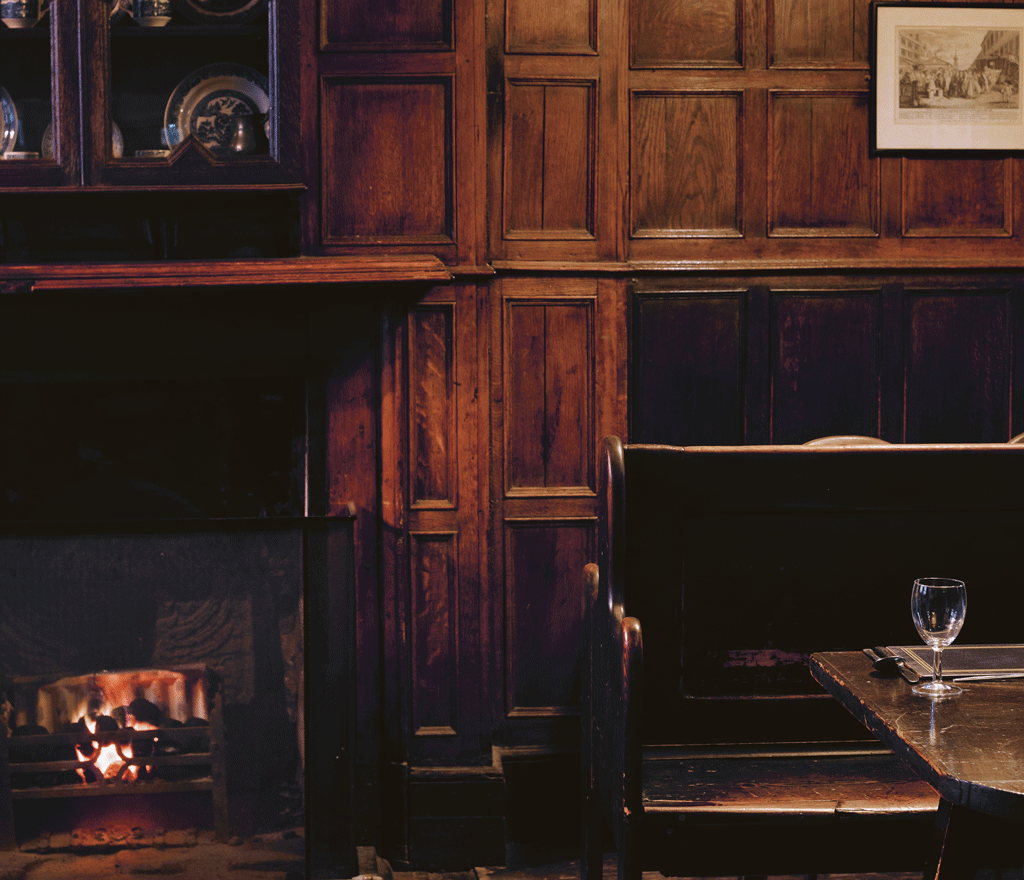
Drink… and get lost in the mists of time or in the maze of rooms
The prefix ‘Ye Olde’ is open to licence, but this certainly is one extra-mature cheese. ‘Rebuilt in 1667,’ says the sign – after the Great Fire of London – and it looks like it’s barely changed since. As such, its dim and atmospheric stone-and-wood bars and dungeon-like cellars are a huge draw for out-of-towners. It’s an ancient relic they can actually sit and drink in. When a pub’s been around this long it’s bound to have attracted its fair share of famous Londoners; the patrons supposed to have tipped a glass here include Dickens, Yeats, Tennyson and, when the Cheese was less Olde, Dr Samuel Johnson.
Essential order: In the absence of a Pepysian jug of wine, try the closest thing to the traditional smog-thick ‘London particular’ stout, a bottle of Taddy Porter.
145 Fleet Street, City
Jamaica Wine House
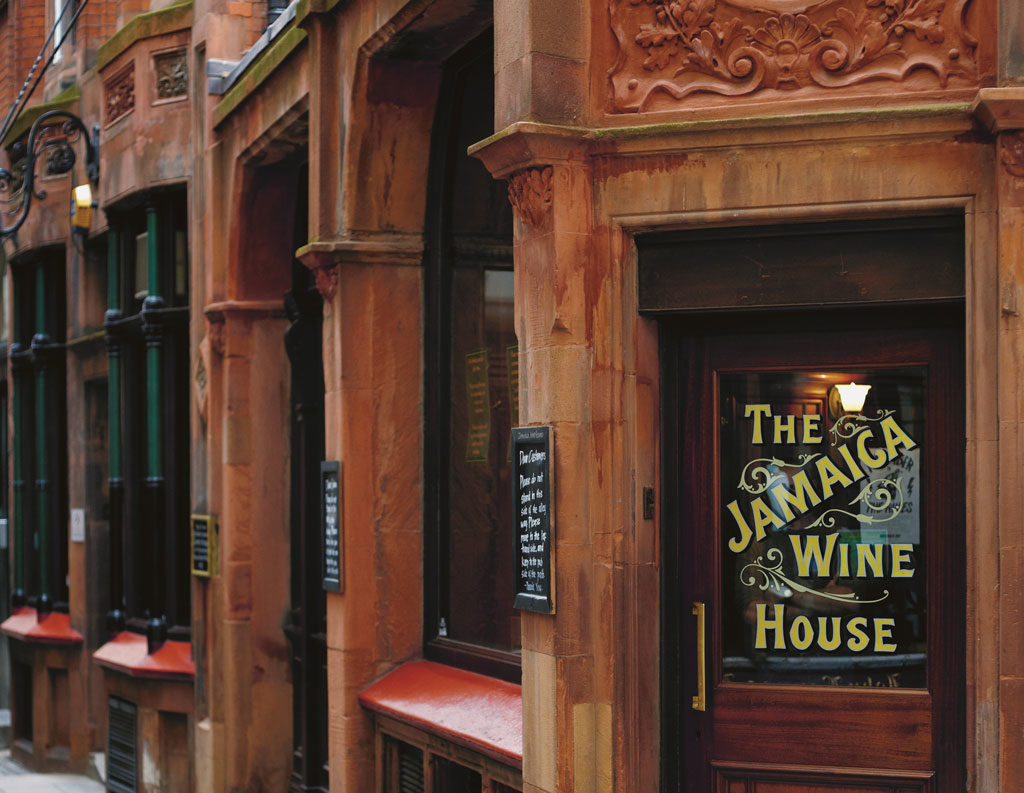
Drink… in an unofficial City boardroom
On the site of this hidden-away City stalwart stood London’s first coffee house, ‘at the sign of Pasqua Rosee’s Head’, built in 1652 to provide a meeting place for merchants. The Jamaica Wine House is now a traditional pub a world away from the big chain bars that dominate the Square Mile, and it’s as good for ales as it is for its wine. It’s in taverns like this – reached through a maze of anicent alleyways – that business has been done the old-fashioned way for centuries, with a handshake, a nod and a pint.
Essential order: Celebrate closing a deal (or pretend you just did) with something rich and red.
St Michael’s Alley, Cornhill, City. jamaicawinehouse.co.uk
The Princess Louise
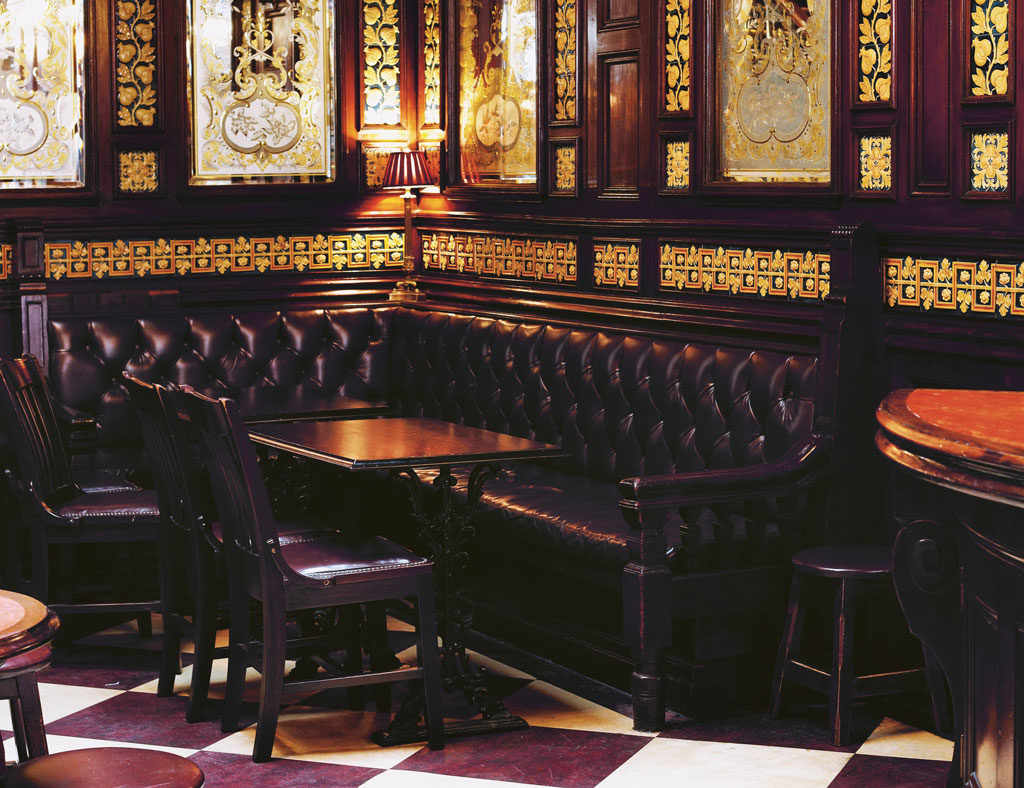
Drink… in a grand old London gin palace
Once upon a time, all pubs were like this. Or, at least, pubs like this would have been less uncommon. The Princess Louise survives as a wonderful example of the late nineteenth-century ‘gin palace’, designed with maximum extravagance to instil in Londoners a sense that for as long as it took to drink a pint, they were lord of the manor. Take in the mirrors, the etched glass, the gold-leaf pillars, the wooden partitions, and say to yourself: they don’t make them like this any more.
Essential order: The pub’s now under the ownership of the Samuel Smith Brewery, and its hefty and bittersweet Oatmeal Stout is the pick of the bunch.
208 High Holborn, Holborn. princesslouisepub.co.uk
Duke’s
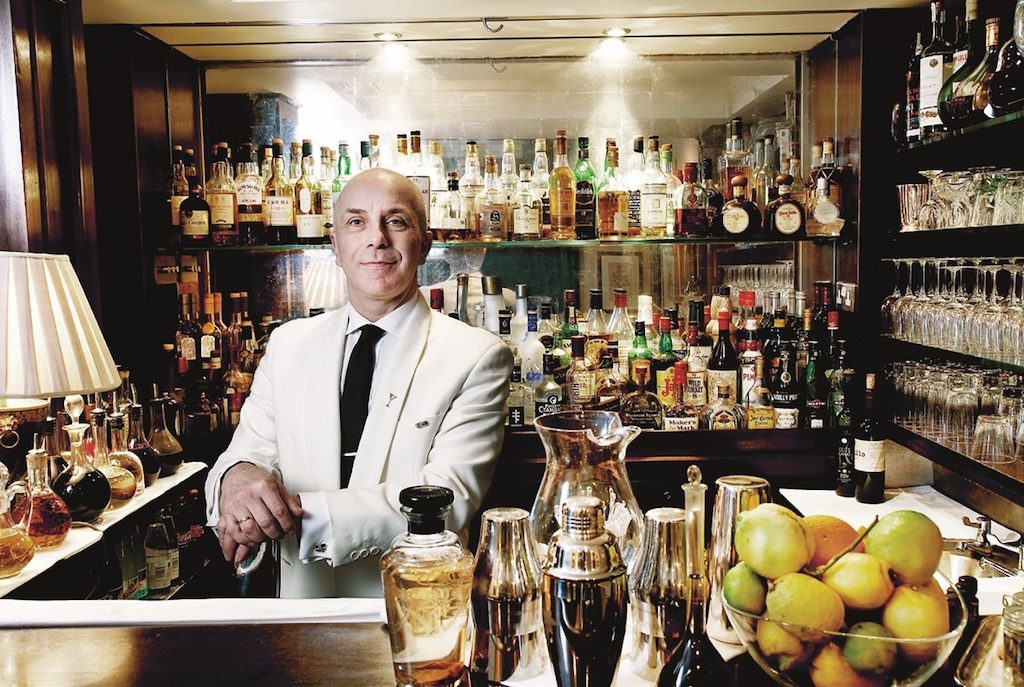
Drink… in James Bond’s bar of choice
You could order a classic cocktail. You could go for champagne, or an aged calvados. But there’s one drink Duke’s is famous for. Ask for a martini, and as you sit in a Downton Abbey armchair under historical portraits of stern members of the landed classes, a white-jacketed barman wheels over a trolley of chilled spirits and exquisite glassware, and proceeds to concoct the cocktail. It’s a superb piece of tableside theatre and one of London’s quintessential experiences, made more significant when you learn it was Duke’s that inspired author Ian Fleming to make his 007 a Martini man. The full Bond tux isn’t necessary, but it’s vital to make an effort with your attire.
Essential order: The Vesper – London gin, Polish vodka, Lillet vermouth, bitters and orange oil.
St James’s Place, St James’s. dukeshotel.com
Booking Office

Drink… in a Victorian cathedral of cocktails.
Housed in the former ticket office of St Pancras station and now part of the magnificent Renaissance Hotel, this all-day bar and restaurant is surely one of the most impressive places to drink in London. At ground level is a sweeping marble bar, but look up and you won’t fail to be awed: architect Sir George Gilbert Scott’s gothic room soars with ecclesiastical arches, buttresses and leaded windows. The Victorians built pretty special pubs, but their stations were something else.
Essential order: A revived classic from the 1800s: the Soyer au Champagne is made with cider brandy, cherry liqueur, vanilla ice cream and champagne.
St Pancras Renaissance, Euston Road, King’s Cross.stpancraslondon.com
The Bar at The Goring

Drink… in the royals’ favourite bar.
There are exquisite hotels aplenty in London, but few have the sense of refinement of The Goring, built in 1910 and owned by the same family since. The bar is an Edwardian haven of deep-red walls and old-school manners; drinks aren’t cutting edge, although they are expertly made. Prices are high, naturally, but look at the richness of the surroundings, the courtly service and the extras like canapés in the evening and nibbles on all tables. House rules stipulate that mobiles may not be used, even when the Queen’s staff have their Christmas party here. It’s that sort of place.
Essential order: There’s half-a-million pounds-worth of wine in the cellars: it would be a shame not to try some.
The Goring, 15 Beeston Place, Belgravia. thegoring.com
This feature is an edited extract from Drink London (Refreshed) by Euan Ferguson (£9.99, White Lion Publishing).

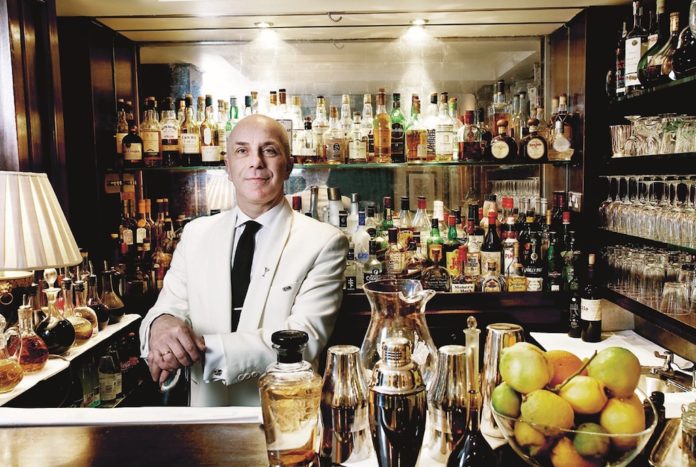




 © 2024
© 2024